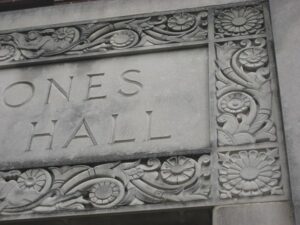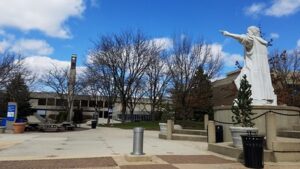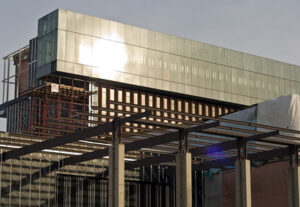The City University of New York (CUNY) recently released a report on the status of its facilities. CUNY operates 25 campuses – including seven community colleges – in New York City. CUNY’s report was the first step in its strategy to reduce its maintenance backlog and energy consumption system wide.
More than half of the system’s buildings are at least 50 years old. Many of the buildings lack energy efficient designs, and CUNY hasn’t modernized (or even maintained) in a way that reduces their energy consumption. CUNY regularly encounters problems associated with neglected maintenance. In November 2022, Bronx Community College reverted to online -only course delivery because the school’s primary building had no heat.
This wasn’t a simple case of the heating system failing in November. Students noted that the building had no heat in September or October either – even as the season changed from summer to fall. Until CUNY officials sent them home, students attended classes in their winter jackets. With winter approaching, CUNY confronted the very real possibility that the building’s plumbing could freeze and fail. As a result, CUNY closed the building and regrouped.
CUNY’s facilities report revealed that the maintenance backlog is $4.3B. Over the next five years, the system will need $6.8B to address its current and anticipated maintenance deficits. That’s an average of $272M per campus. At some point, the option to repair a building expires, and replacement is required.
Outside of a few programs sponsored by the New York Power Authority (NYPA), and the city and state, there’s not a lot in the budget to address the billions of dollars in neglected maintenance. Yet, CUNY will push forward with achieving its carbon emissions and energy consumption targets.
Conditional funding could eliminate maintenance backlog
Regardless of how the maintenance backlog came to be, the system still needs to address its energy costs if it hopes to maximize future budgets. City officials and CUNY system administrators argue about who is responsible for the maintenance backlog. City officials say the administration has not budgeted carefully to address CUNY’s ongoing facilities needs. CUNY officials say the City has chronically underfunded the system for decades.
Frankly, I can see both points. But I will also say that few community college executives truly prioritize the care and maintenance of their public buildings without the leverage of an asset protection policy. An asset protection policy that holds the chief executive accountable for the campus sends a strong message to administrators who think about swiping maintenance dollars or delaying capital projects and repairs.
And under no circumstances should the legislature afford additional public dollars to campus administrators who have demonstrated the highest disregard for public property by not budgeting adequately for the campus’s facilities and infrastructure needs.
Public dollars must come with strings attached. If the state is going to fund any capital project on campus, the resulting project must be kept free of deferred maintenance to the fullest extent possible for the life of the project. If the institution fails to perform adequate and timely maintenance on publicly funded campuses, the legislature should bar the campus from receiving any additional capital funds until the institution’s administration has successfully and satisfactorily extinguished the maintenance backlog.
In the absence of these conditions, community college administrators have demonstrated that they will only spend money on campus facilities when there is an absolute necessity, a clear life-and-safety issue, or a chance that their name might get applied to a building.
Photo Credit: Stuart B, via Flickr





























